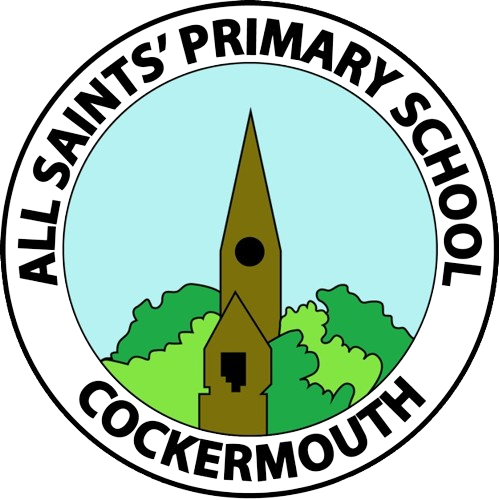Design Technology
Curriculum Statement
Our aim is that D&T is loved and enjoyed by all; staff and children across school from Nursery to Year 6, including SEN children and those in our strategic facility. We are an inclusive school and believe it is important for all children to have equal opportunities. We encourage our children to want to build on their own skills and learning and develop their D&T skills from the youngest in Foundation Stage onwards and upwards.
We use an adapted version of the Kapow scheme of work which ensures the children progressively cover the knowledge, understanding and skills required by the National Curriculum. Over a key stage phase (Key stage 1 - year 1 and 2; Lower key stage 2 - year 3 and 4; Upper key stage 2 - year 5 and 6), children will cover the 6 key areas of design and technology enabling the children to develop a deep understanding of each topic. These consist of:
- Cooking and Nutrition where children learn about the importance of a balanced diet, as well as, using seasonal ingredients.
- Mechanisms and mechanical systems where children learn about mechanism for movements i.e. cams, followers, levers and sliders.
- Structures where children learn about the functional and aesthetic properties of different materials for strength, stability, stiffening and reinforcement.
- Textiles, where children learn the techniques and skills to work with fabric.
- Electrical systems, where children learn about circuits to create electrical products.
- Digital world where children learn about digital products that monitor and control. The children also learn to use CAD software for design. This is also incorporated into cross-curricular ICT lessons.
We also provide opportunities to learn about key events and individuals who have helped shape the world. We aim to inspire children to be the innovators of the future by showing them the impact of design and technology on the real world. As an Eco School, we hold environmental awareness and issues close to our hearts and aim to reuse and recycle wherever possible within our work as well as using Fairtrade products.
We encourage children to be collaborative, innovative and creative when designing solutions to real and relevant problems. The discussion required to solve problems is valued as an important part of children’s learning and is a vital part of children’s speaking and listening skills.
As a cross-curricular subject, the children’s design and written work is expected to be of a high standard equivalent to that expected throughout their learning. Activities will be taught on a whole class basis with an adaptive teaching approach, where individuals will be given tailored support, resources and guidance according to their differing needs. This way, all children experience the full curriculum content and have the opportunity to achieve ambitious goals whatever their needs.
National curriculum guidance requires children to learn in the areas of design, making, evaluation, technical knowledge and cooking and nutrition.
Throughout lessons, children learn the vocabulary to express themselves and are expected to discuss problems together using rich and technical language which is targeted in lesson objectives.
Curriculum Planning
EYFS
Design and Technology in the early years appears in the ‘Expressive Arts and Design’ strand of the curriculum as well as the ‘Physical Development’ strand. Within the EYFS provision area, there is a lot of emphasis on fine motor skills, ensuring the children have a strong foundation in using a range of tools and equipment. We have a ‘making corner’ which includes tools ranging from scissors and hole punches. Here the children can practice and embed shaping, assembling, joining and decorative skills which they learn in teacher-led activities whilst following their own ideas and creativity.
The children also work regularly with construction kits, learning the basic principles of construction and mechanisms.
Children also learn about the importance of a healthy diet for good health. They learn about food groups and take part in regular cooking activities which form strong foundations for the food and nutrition part of the D&T curriculum in key stages 1 & 2. They learn measuring and weighing skills and join in with a range of cooking and baking techniques.
The children often work outside too, constructing and building on a large scale and learning about the safe handling of equipment.
We aim for all children to be proficient in handling tools and equipment to construct successfully with a purpose in mind. The design process is usually based on talking and listening and arranging and rearranging materials and components.
